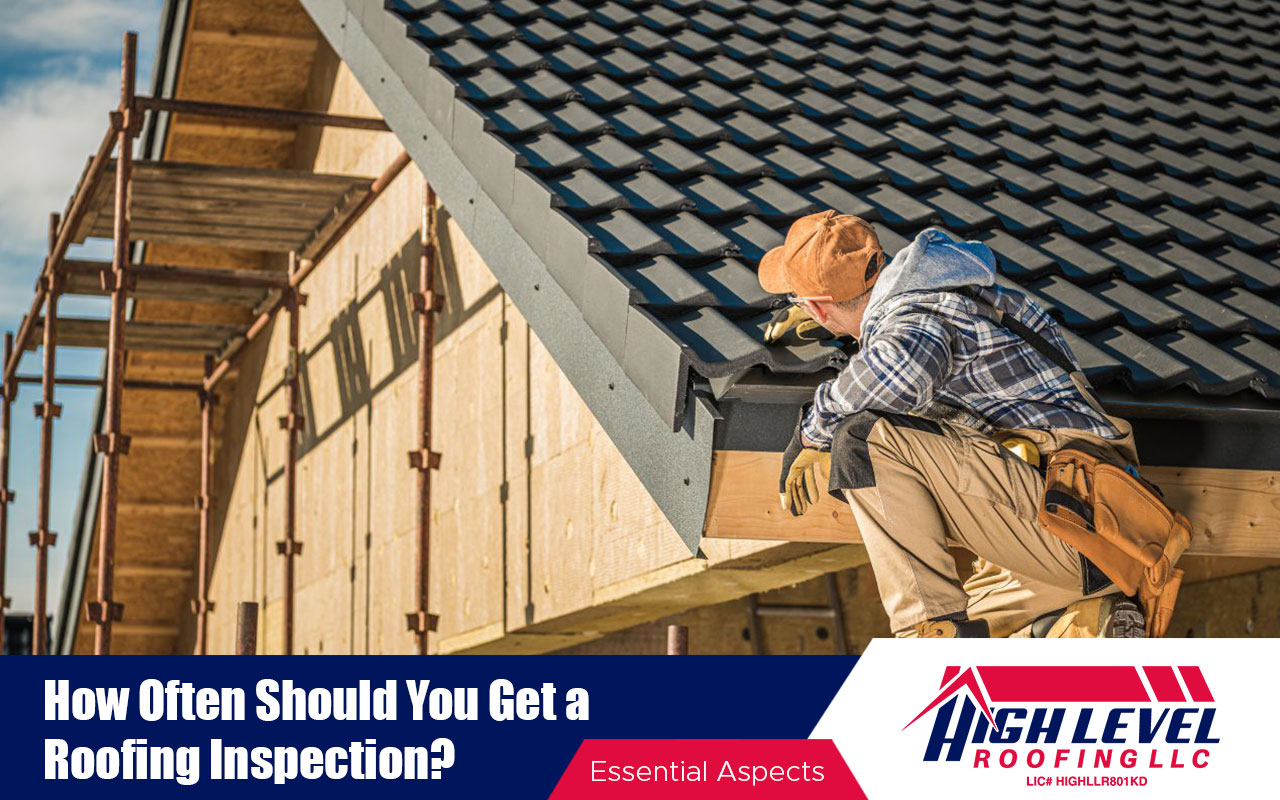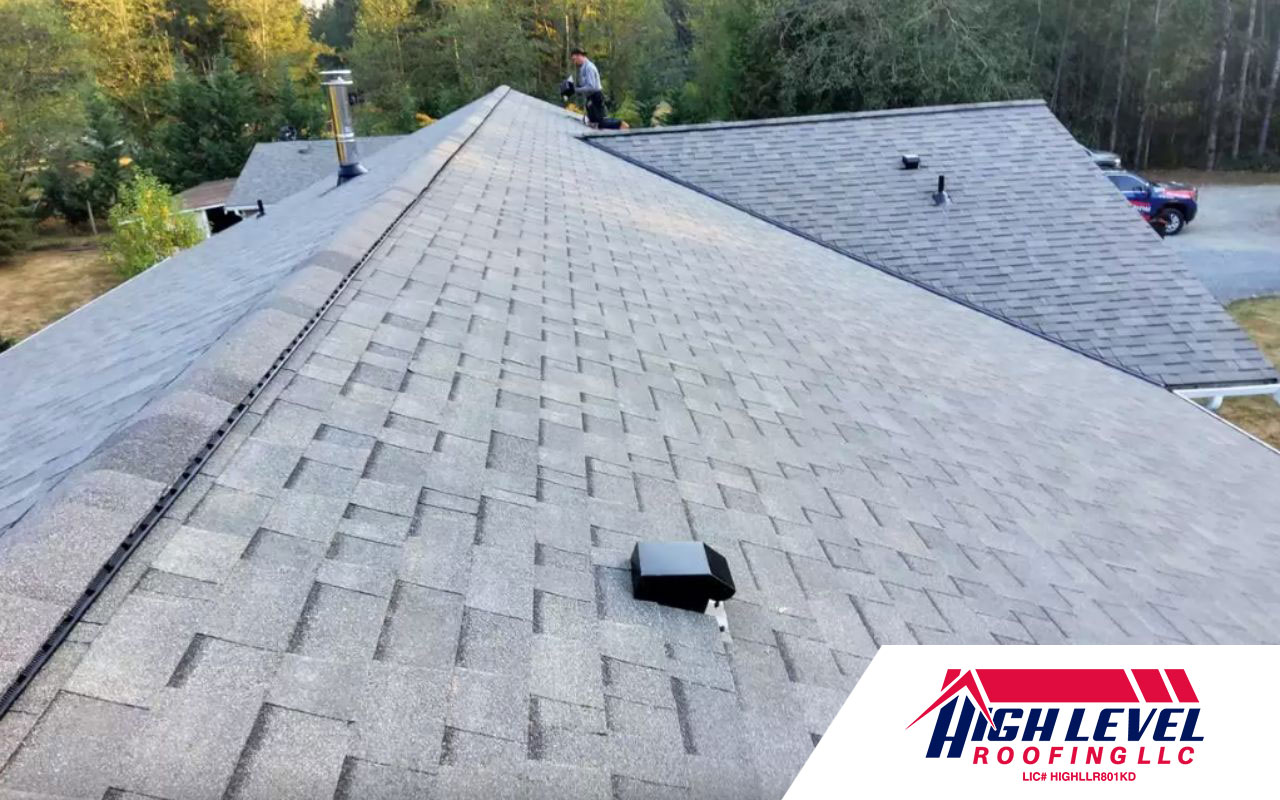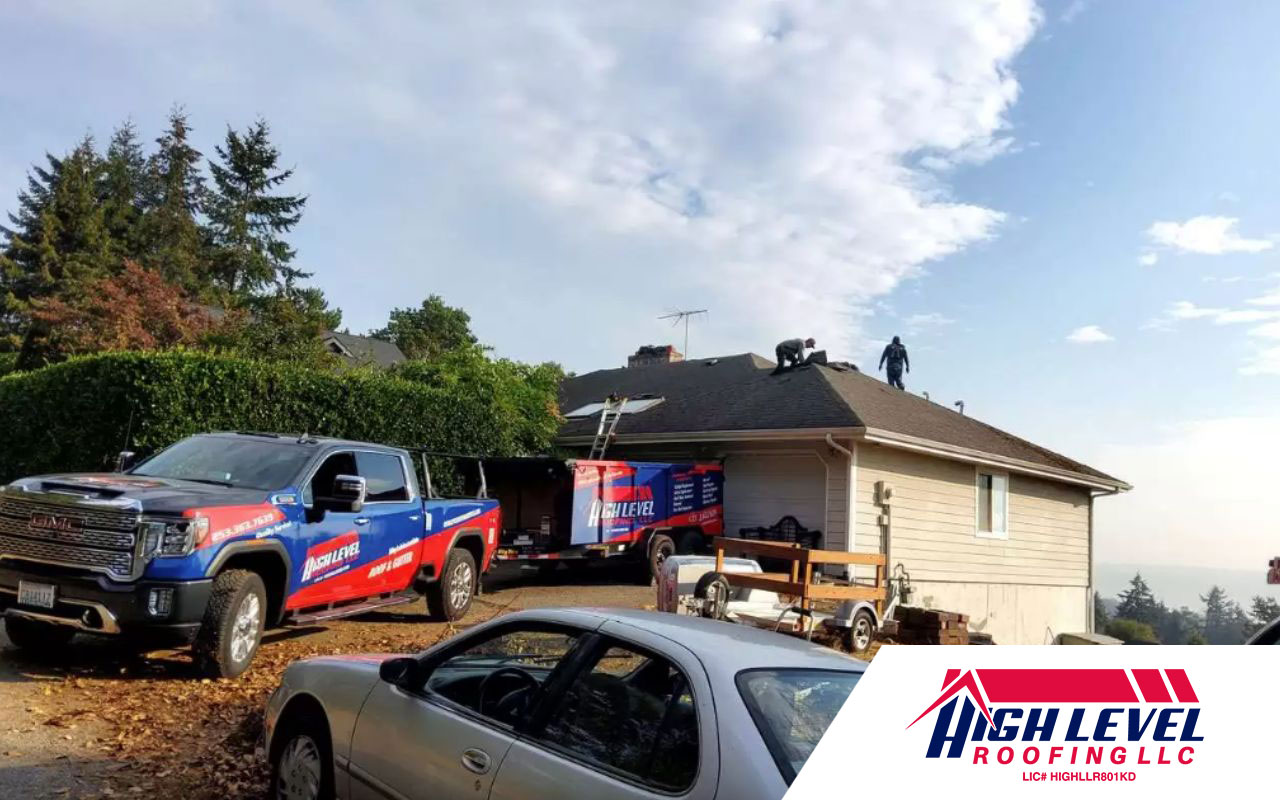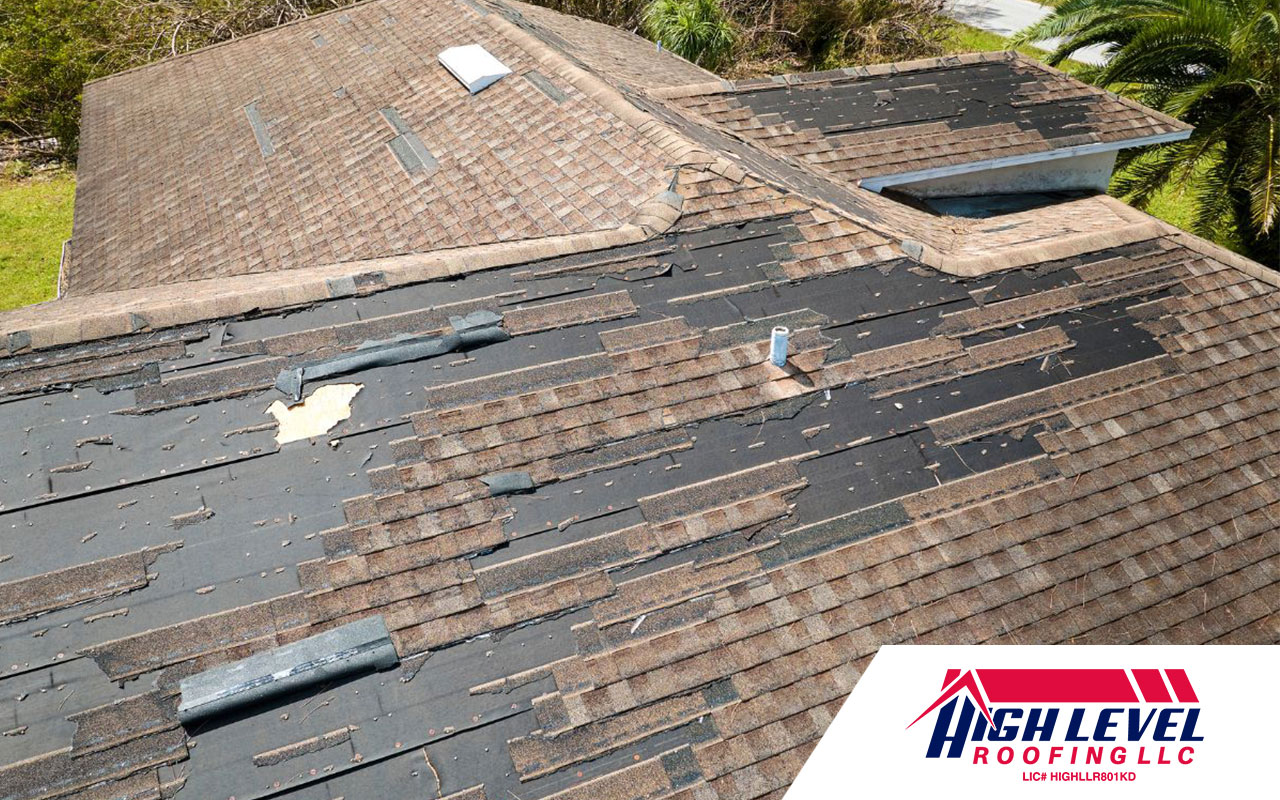
A Roofing inspection is crucial to ensure the safety and stability of your home. The roof is one of the most important parts of a building, and any damage can lead to significant problems to the structure or personal safety.
Carrying through a routine roofing inspection is essential, especially if you plan to replace your home’s roof soon. Even minor problems on your roof can have serious consequences, so getting them taken care of as soon as possible is critical.
Performing a double check on your roofing allows you to identify issues early and prevent more extensive damage later. Roofing professionals are specifically trained to detect and repair problems before they become costly or dangerous.
Therefore, in this blog, we will discuss the signs of a damaged roof, types of roofing inspections, what to expect during a roofing inspection, the cost of a roofing inspection, DIY roofing inspections, and the importance of regular roofing inspections.
Roof Problems – Importance of Getting Your Roof Inspected

A roof inspection will look for physical roof damage, such as loose shingles, moss, rust, or missing fasteners. Shingles hanging over the roof’s edge could signify that your roof is at the end of its lifespan. Thus, it would help if you started looking for a roof replacement instead of a roof repair.
During the process, your inspector will also check the seals around the vent pipes and rubber boots around the shingles. Please pay attention to leaking roofs; they can cause water damage to your home’s interior walls.
How to make a Roofing inspection – How Often do it
Performing a roofing inspection on your home should be done regularly, preferably every six to twelve months or after a significant storm.
While climbing on the roof is not recommended, you can try to use a ladder to get a good look at your roofing. For the safety of your property, it’s better to hire a professional roofing contractor. High Level Roofing LLC is the solution if you’re looking for quality results. We are a GAF-certified roofing company!
Try to look over the edges of your roof from all angles. Avoid walking on power lines or other hazards by walking carefully around the roofing. It would be best if you also had someone hold the ladder so that you can remain stable.
While you can hire a roof inspector to do the job, it’s better to get professional assistance. A professional knows the ins and outs of a roof and can quickly spot problems you might otherwise overlook. A roofing inspection checklist is a helpful tool to use when performing this task. Inspecting your roof will save you a lot of money in the long run. The roof inspection process can take as little as half a day.
Types of Roofing Inspections

There are many types of roofing inspections, including visual inspections, infrared inspections, moisture inspections, and more. Visual inspections are the most common type of inspection, which can be done by a professional or homeowner.
The professional inspects the roof for signs of weathering, damaged shingles or tiles, and any other visible damage. Infrared inspections use thermal technology to detect minute temperature changes and identify the areas where the roof is leaking. Moisture inspections use moisture meters to determine if there are any areas where moisture is getting trapped in the roofing system.
What to Expect During a Roofing Inspection
During a roofing inspection, the professional inspector will assess the overall health of your roof, including the age, condition, and current state of the roofing materials. They will also look for leaks, cracks, and other signs of damage, taking note of any areas that require repair or replacement.
The inspector will also check for any wear and tear in the flashing, underlayment, and chimney. Overall, you can expect the process to take a few hours, depending on the size of your roof and the complexity of the issues.
Signs of a Damaged Roof
You should pay attention to several signs of a damaged roof, such as missing or broken shingles, granules in the gutter, water damage or leaking, sagging or buckling, sunlight coming in through the roof, and mold growth.
These signs indicate the need for a roofing inspection because they could lead to potential structural hazards or costly repairs in the future.
Repair or Replace your Roofing – Save time and money with a Proper Roofing Inspection

When buying a home, your insurance company may require an inspection. A roofing inspection is one of the most crucial aspects of home maintenance. In a catastrophic event, your roofing is your first line of defense against Mother Nature.
Moreover, if your roof fails, the result could be interior water damage and expensive repairs. Insurance companies will typically expect you to mitigate the damages incurred by the storm by getting a roofing inspection. But it’s essential to know the condition of your roof so that you can protect your home.
The Importance of Regular Inspections
A roof inspection should be performed at least once every year or two. Regular examinations are crucial; it allows you to spot and address potential issues before they become severe, and it also increases the roof’s lifespan. Regular inspections can also save homeowners a lot of money in the long run by identifying minor issues.
You can inspect the roof from the attic with a ladder if you have a single-story house. If you’re unsure of your abilities, it’s better to contact an expert like us. We will examine the roof, identify problems, and recommend the correct processes to follow. And if you’re selling your home, a roof inspection will be essential documentation.
Your home’s roof is a significant investment and should be well-maintained to ensure the structure’s longevity. A roofing inspection is indispensable for homeowners to identify any issues with their roofs and take the necessary steps to fix them. Hence, call an expert to help you with the roof inspection; for the best advice, don’t hesitate to get in touch with High Level Roofing LLC and get a free roofing inspection!

